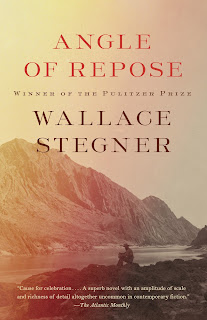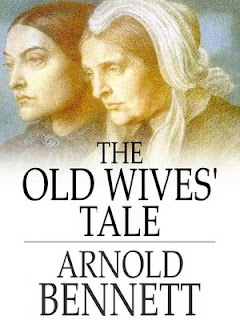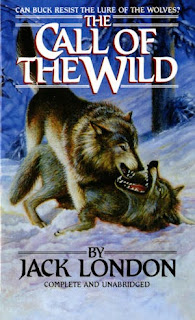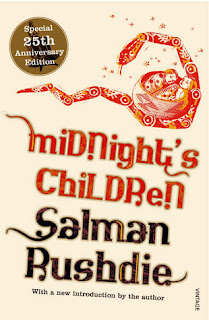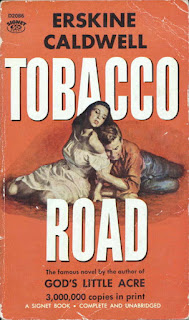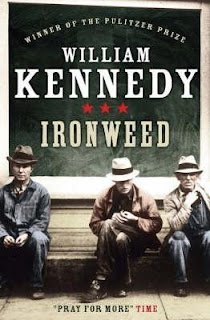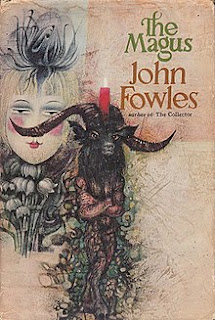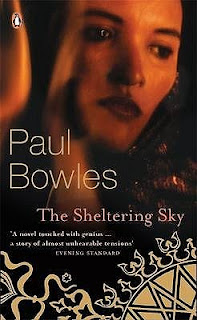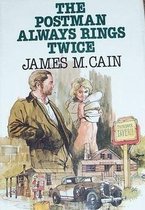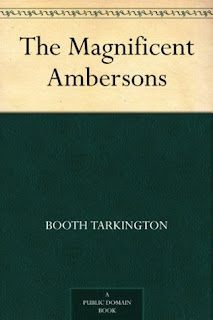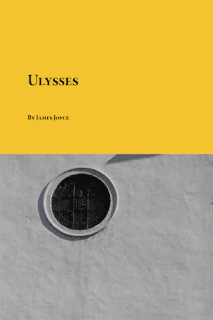THE ALEXANDRIA QUARTET by Lawrence Durrell
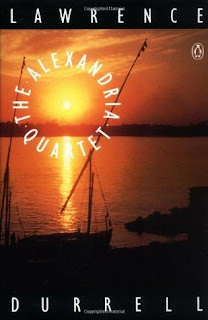
Lawrence Durrell's series of four novels set in Alexandria, Egypt during the 1940s. The lush and sensuous series consists of Justine (1957) Balthazar (1958) Mountolive (1958) Clea (1960). Justine , Balthazar and Mountolive use varied viewpoints to relate a series of events in Alexandria before World War II. In Clea , the story continues into the years during the war. One L.G. Darley is the primary observer of the events, which include events in the lives of those he loves, and those he knows. In Justine , Darley attempts to recover from and put into perspective his recently ended affair with a woman. Balthazar reinterprets the romantic perspective he placed on the affair and its aftermath in Justine , in more philosophical and intellectual terms. Mountolive tells a story minus interpretation, and Clea reveals Darley's healing, and coming to love another woman.
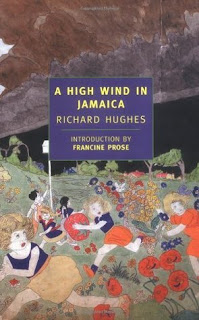

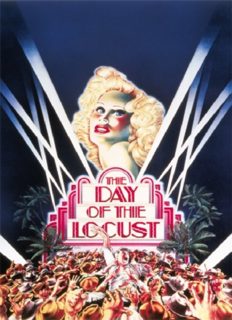
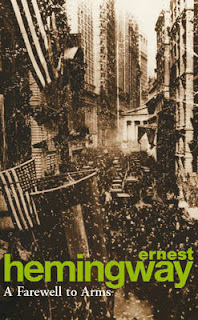
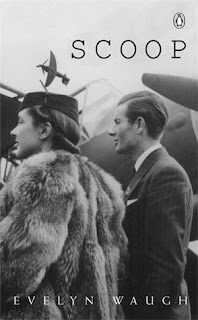
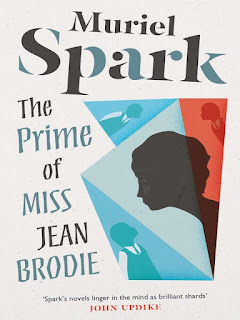

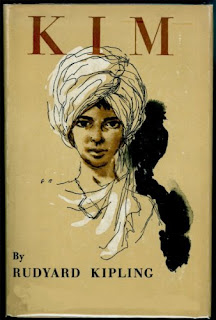
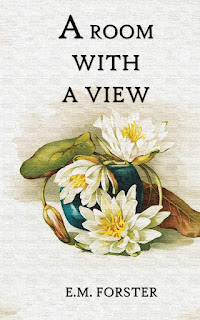
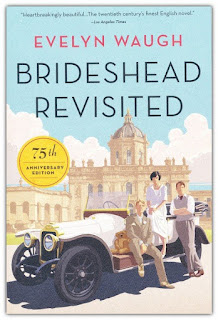
.jpg)
